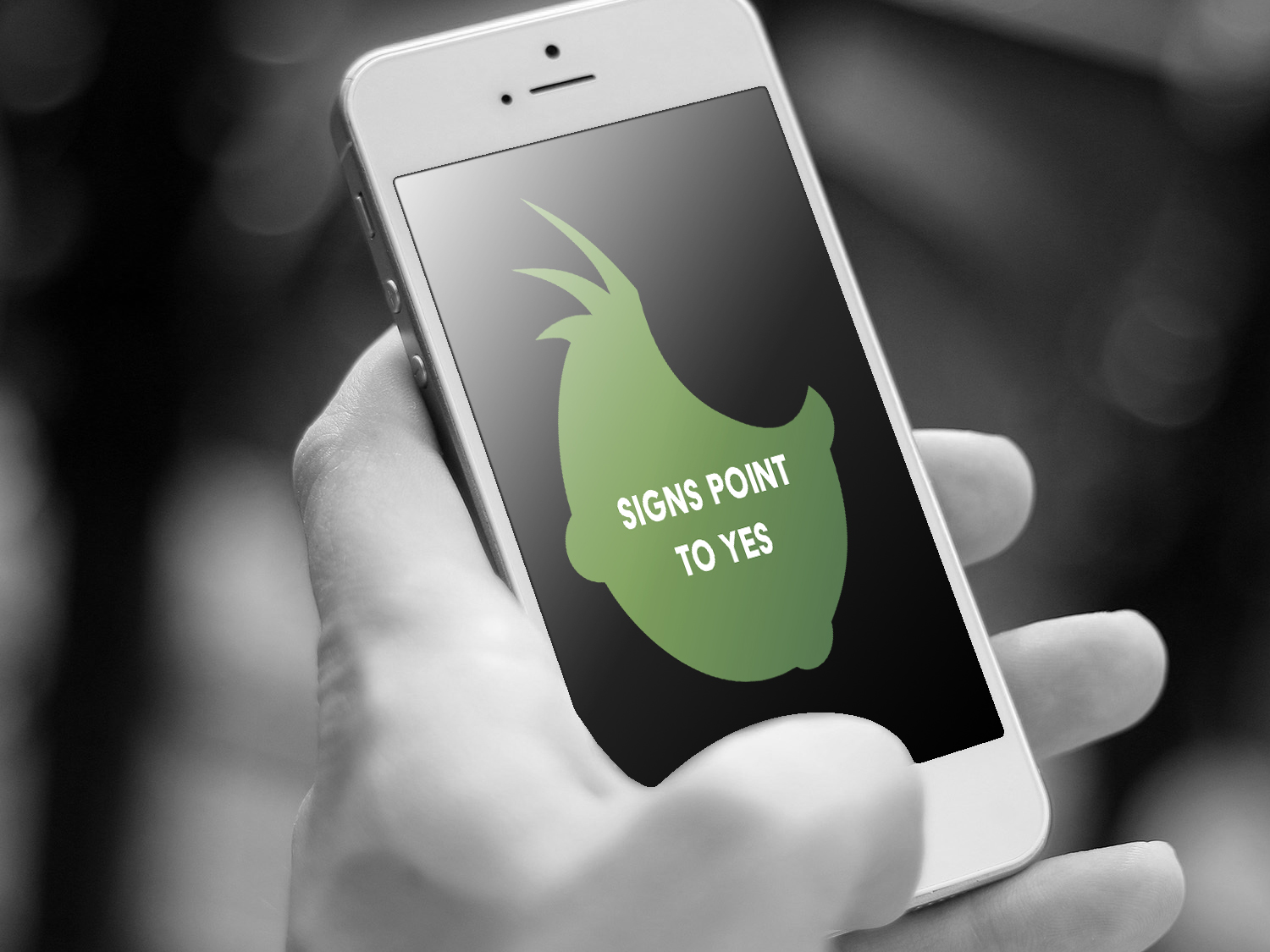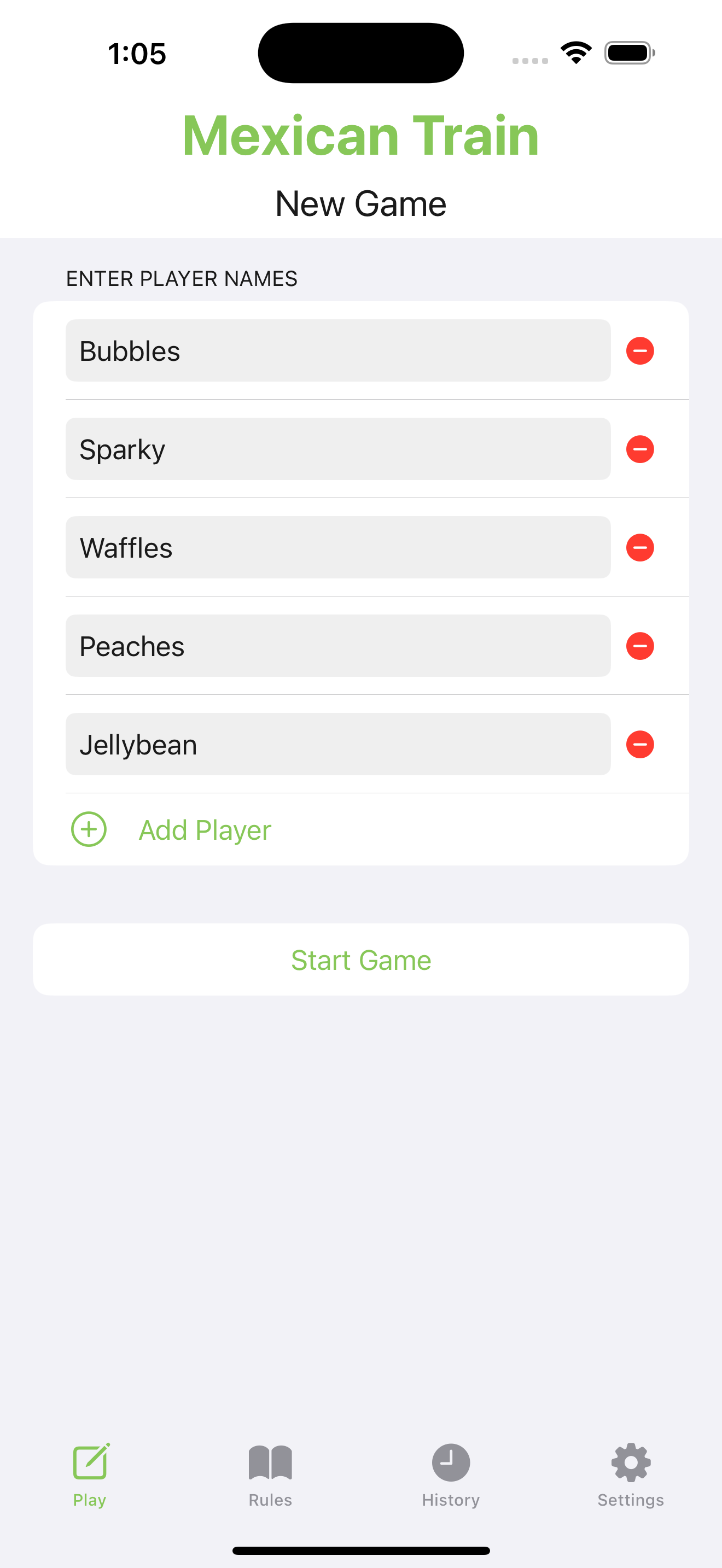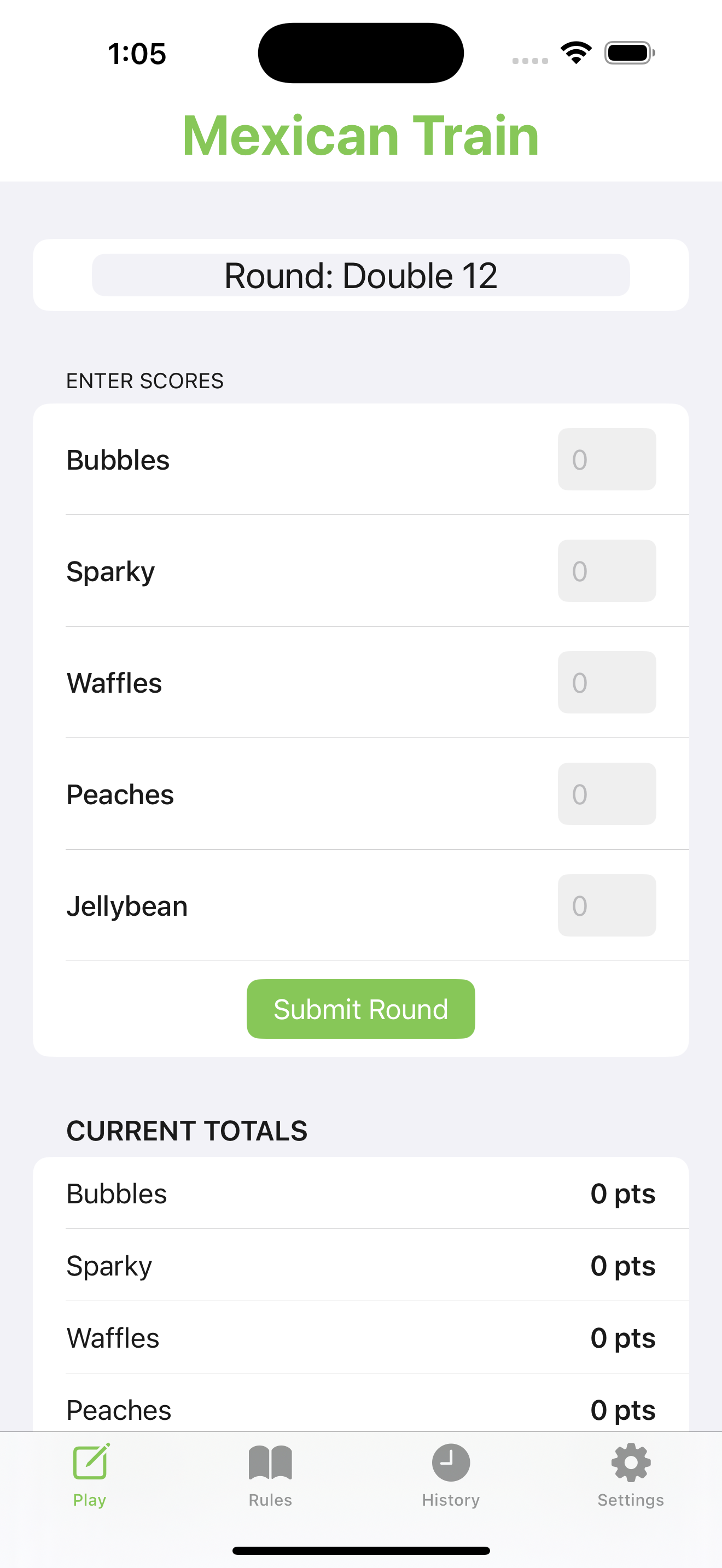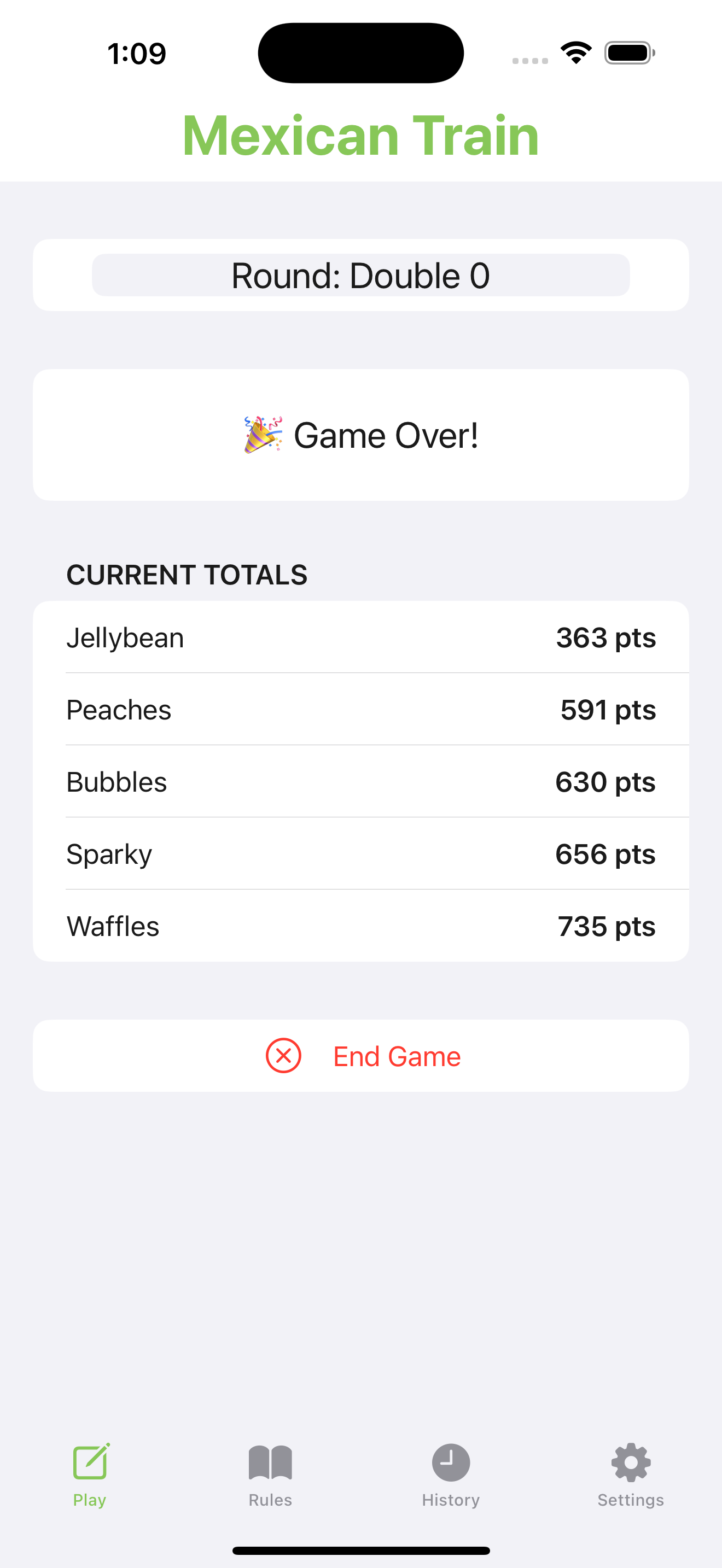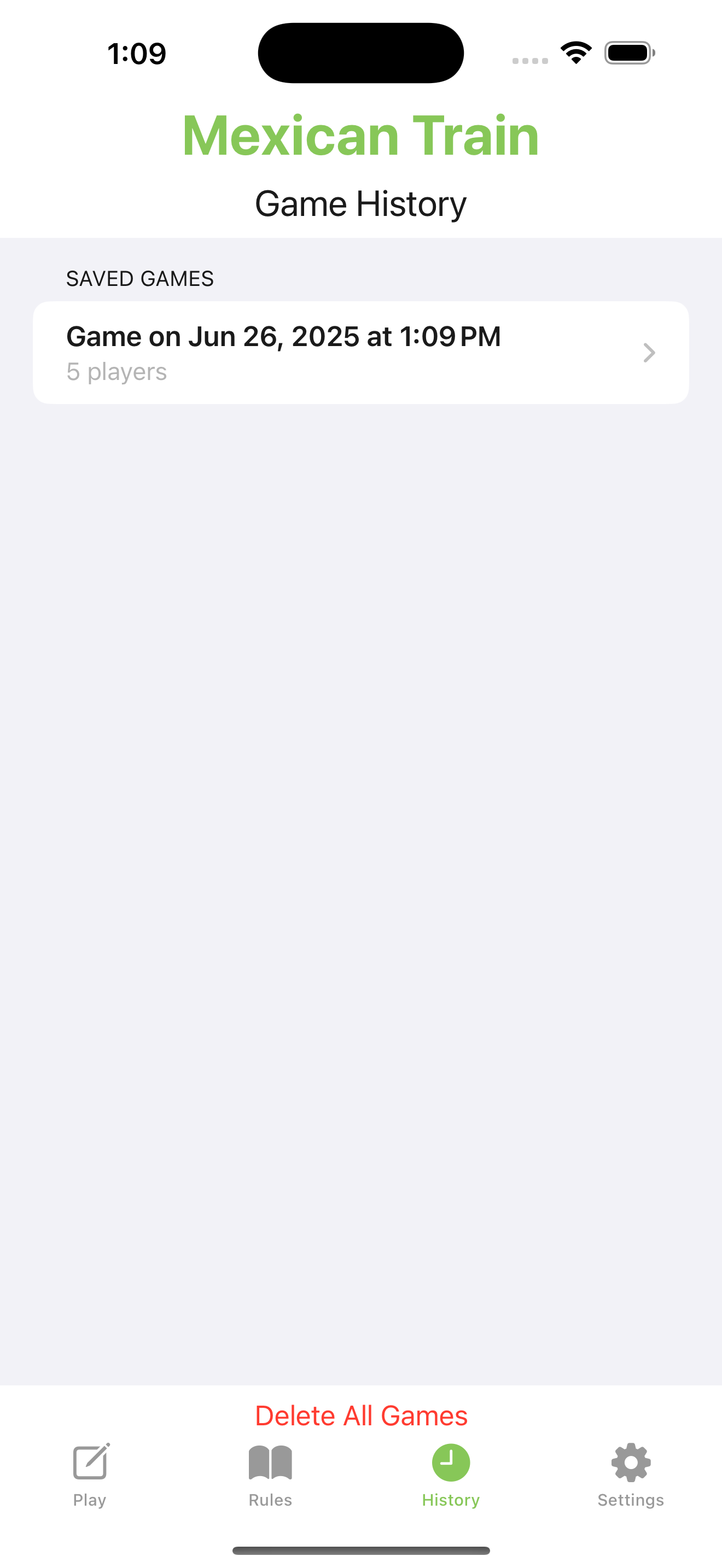Mexican Train Rules
🎲 1. Setup
This game is designed for a standard Double‑12 domino set, but you can also play with Double‑9 by adjusting your starting round and hand size.
- Before shuffling, remove the highest double (e.g., 12‑12) and place it in the center. This is the "engine" tile for the round.
- In each new round, use the next-lower double (e.g., 11‑11, 10‑10...) until you reach double‑0 or double-blank.
- Players may agree to play fewer rounds, especially when using larger sets.
- Shuffle the remaining tiles and deal the following number of dominoes:
- Double‑12 Set:
- 2 to 4 players: draw 15 dominoes each
- 5 to 6 players: draw 12 dominoes each
- 7 to 8 players: draw 11 dominoes each
- Double‑9 Set:
- 2 to 3 players: draw 15 dominoes each
- 4 players: draw 10 dominoes each
Any leftover dominoes form the "boneyard" for drawing during the game.
🎯 2. Objective
Play all of your dominoes and finish each round with the lowest possible total. At the end of all rounds, the player with the lowest cumulative score wins.
🔄 3. How Turns Work
- On your turn, you may play one tile on:
- Your personal train (private unless marked otherwise)
- The Mexican Train (always public)
- Another player's train (only if it's marked public)
- If you can play, you must. If not, draw one tile from the boneyard:
- If you can play it, do so.
- If not, your train becomes public so others can play on it.
✳️ 4. Doubles
- Play doubles perpendicular to the train.
- When you play a double, you must immediately follow it with another tile ("cover" it).
- If you can't cover it:
- Your train becomes public.
- Responsibility to cover the double passes clockwise until it’s covered.
🚂 5. Mexican Train
- Any player may start the Mexican Train once the engine is in play.
- Once started, the Mexican Train remains public and available to all players.
⬇️ 6. When No One Can Play
Since the engine tile is set at the start of each round, play will always begin. If all players pass and the boneyard is empty, the round ends immediately and scores are tallied.
🏁 7. Ending a Round
- A round ends when:
- A player empties their hand, or
- No one can play and the boneyard is empty.
- Scoring:
- The winner of the round scores 0.
- All other players total the pips on their remaining dominoes and add to their score.
🏆 8. Winning the Game
The game continues round by round, descending from your chosen starting double. At the end of the final round, the player with the lowest total score is the winner.
🔄 9. Optional Variations
- First-turn flexibility: allow players to play multiple tiles when starting.
- Partnerships: teams of 2 or more players can play cooperatively.
- Doubles as forks: require covering with 2+ tiles (like Chicken Foot).
- Some house rules allow skipping doubles with no penalties.
- You may choose to play a shorter game (e.g., from 12 down to 6).
History of Mexican Train Dominoes
Mexican Train is thought to have evolved from traditional domino games like "Chicken Foot" and other draw-style variants, becoming especially popular in the mid-1990s. Played with a standard double‑12 or double‑9 set, the game allows each player to build a personal train while sharing a common "Mexican Train," making it more collaborative and accessible to all skill levels.
Its popularity spread by word of mouth across family gatherings, community centers, and game clubs, especially in North America. The game’s straightforward setup, flexible number of players, and mix of strategy and luck have made it a favorite for casual play and competitive game nights alike.
Game Rules FAQ
What is Mexican Train?
Mexican Train is a classic domino game where 2 to 8 players compete to be the first to play all of their tiles. Players take turns building their personal train and can also add to the shared "Mexican Train" once it’s been started.
How many players can play Mexican Train?
The game supports 2 to 8 players. For larger groups, a double‑12 or double‑15 domino set is often used.
What is the Mexican Train in the game?
The "Mexican Train" is a shared train that any player can add to once it has been started. It adds a strategic twist to the game by giving everyone a second option beyond their personal train.
How do you start a game of Mexican Train?
The game begins by placing the highest double domino in the center. Each player then starts building their own train using tiles that match that double.
How is scoring handled in Mexican Train?
At the end of each round, players total the value of the tiles left in their hand. The player with the lowest total score at the end of all rounds wins.
